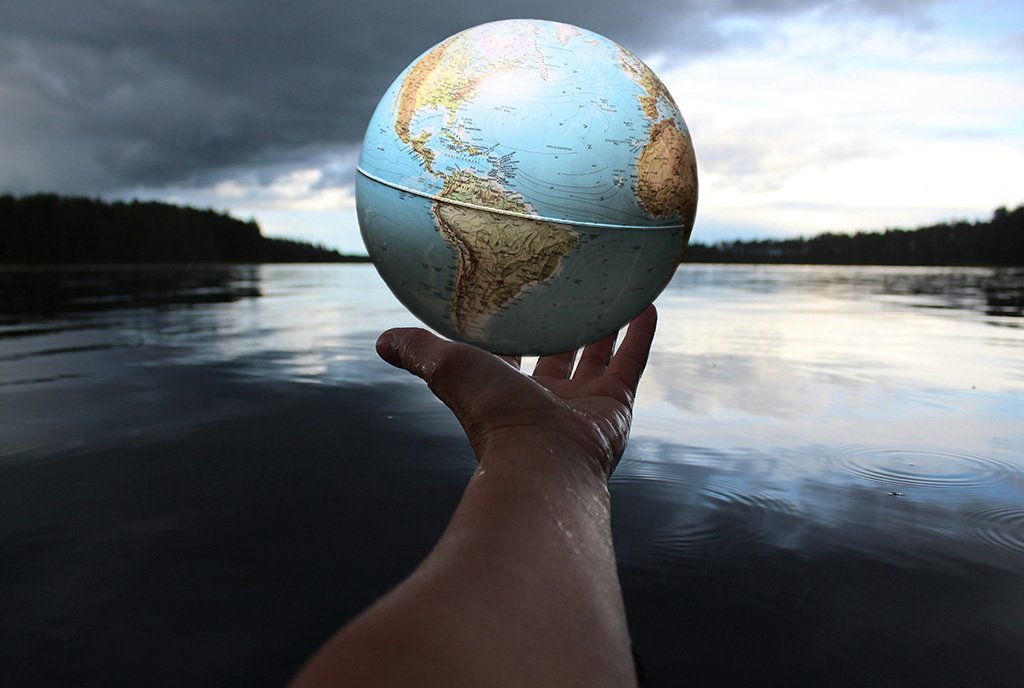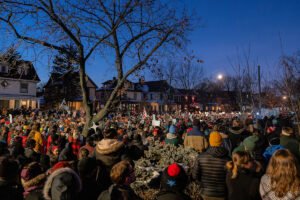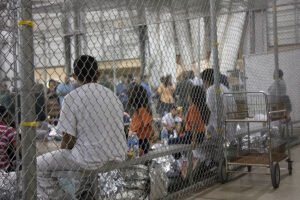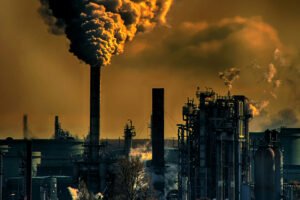
During a speech at Harvard University in 1982, Audre Lorde explained: “There is no such thing as a single-issue struggle because we do not live single-issue lives”, as she discussed the interconnection between classism, homophobia, antisemitism, racism, and violence against women.
But more than 30 years prior to Lorde’s speech, Harvard committed an injustice against an academic discipline and profession that recognized the interconnectedness of inequities and our environment: the university eliminated the geography program.
The Erasure of Geography and of Geographers
In 2020, Russell Reed received the first geography degree from Harvard in over 70 years since 1948, when the department was disbanded. In Atmos, Reed explained how homophobic discrimination against the department’s chair, Derwent Whittlesey, was a major contributor to the removal of geography at Harvard at the time, along with the view that the field was “too interdisciplinary.”
The university established a “Let Geography Die” policy, which inflicted long-lasting and permanent damage to the discipline. After geography was pulled from Harvard, many other institutions followed in the university’s footsteps. Geography programs were soon disbanded at almost every Ivy League university.
The personal is political, and in the case of geography, the profession is political. It is a field that recognizes the politics of gender, race, sexuality, and class, and how it impacts who we are in the world.
One of the most famous geographers who ever lived, Alexander von Humboldt, had his queer identity erased by a range of sources, from professors in the 1800s who sought to deny any accounts of his queerness to a 2019 long-form tribute to Humboldt in nature ecology & evolution which, while providing an account of his personal life, omitted that major detail. A subsequent article published in that same journal called out the referenced article for “straight-washing” Humboldt.
To not just survive but thrive in the climate crisis, we need a future that is interdisciplinary, interconnected, and intersectional.
Humboldt’s name graces over 1,600 places and things, including monuments, universities, parks, and species—even a river is named after him. The first person to uncover how human activity impacts climate and weather patterns, he discovered the first semblance of anthropogenic climate change. He also developed a theory of unity, which recognized the interconnectedness of all living things. The work of Humboldt has had such a profound and lasting impact on society that the Smithsonian compared him to Beyoncé.
Modern-day environmentalists have not just pushed back against the erasure of Humboldt’s personal identity but also his professional one. A 2015 article in National Geographic discussed how the man who predicted climate change was forgotten, but it did not describe Humboldt as a geographer or include the word “geography” at all. In fact, the only mention of geography is in the publication’s logo.
If we seek to dismantle the erasure of queer geographers and restore the profession of geography as a whole, can we begin by using the word “geographer”?
Language Justice for Geography
Throughout colleges and universities in the United States, we see many different majors, minors, and graduate degrees with names like “Climate and Society” or “Environment and Society.” The most notable is the MA in Climate and Society awarded by Columbia University’s new Climate School. As we begin to rebuild the field and dismantle injustices, one way we can practice language justice is by calling “Climate and Society” and “Environment and Society” what they have always been—geography.
“Communities that have somehow been left out and left behind should be first in line when we talk about protection.”
Sign up for our free newsletters
Subscribe to NPQ's newsletters to have our top stories delivered directly to your inbox.
By signing up, you agree to our privacy policy and terms of use, and to receive messages from NPQ and our partners.
Restoring geography at colleges and universities is one step toward building a better world. As we look for collaborators to join us in our work in the climate movement, we can create space and more opportunities for geographers and geography graduates by recognizing the value they bring to our work in the social impact sector. A lack of understanding can leave us with a reductive view of what the field is: one that is far more than just maps. We can use language justice to change how we describe the connections among place, people, and the environment.
Reclaiming the term and title geographer is an act of resistance against the systems of oppression in the environmental field. To not just survive but thrive in the climate crisis, we need a future that is interdisciplinary, interconnected, and intersectional. We need a new future for geography.
Recognizing Critical Geography
We must come to a reckoning with the tendency for climate and environmental experts to care about the loss and endangerment of species from climate change while refusing to acknowledge the myriad ways that the climate crisis is interconnected to so many other issues and struggles. This tendency is also what categorized geography as less than—when what we need are people who are trained on the ways climate is a multi-issue struggle.
We need critical geography more now than ever. Critical geography, also known as radical geography, recognizes the power imbalances and injustices that exist in spatial structures, as well as the experiences and practices that exist in everyday life.
One of the greatest examples of critical geography is the work of Dr. Robert E. Bullard. In a 2023 Scientific American article by Yessenia Funes, “The Father of Environmental Justice Exposes the Geography of Inequity,” Bullard discussed his work in the 1970s on the first US lawsuit to challenge environmental racism. In the article, Bullard argued that the environment is not “neutral” but instead, “communities that have somehow been left out and left behind should be first in line when we talk about protection. Regulations should protect the most vulnerable populations, especially children of color.”
Understanding how the climate crisis works by itself is not enough to save us.
He designed a study, collected data, and created maps proving that Black communities experienced disproportionate exposure to landfills, incinerators, and solid waste in Houston, TX. In 2023, the American Geographical Society awarded Bullard the John E. Gould Medal for his contributions to the field.
When the “father of environmental justice” himself applied the geographic lens to the nascent environmental justice movement, it is clear that geography has a crucial role to play. Dismantling systems of oppression by restoring critical geography can empower students and young adults with the knowledge necessary to advance climate justice.
Just as many have explained that no single job alone is a climate job, there is no discipline alone that is a climate discipline. Understanding how the climate crisis works by itself is not enough to save us. It is the intersections and interdisciplinary knowledge base that allow us to drive greater action in every facet of society, from urban resilience to medicine, to storytelling, to social justice and movement building.
There is already a subject dedicated to exploring these intersections. As we seek to prepare the next generation of resilience professionals, climate communicators, and activists, we must recognize the field of geography. And as we imagine a future at the intersection of people and planet, we are imagining a future filled with geographers.








